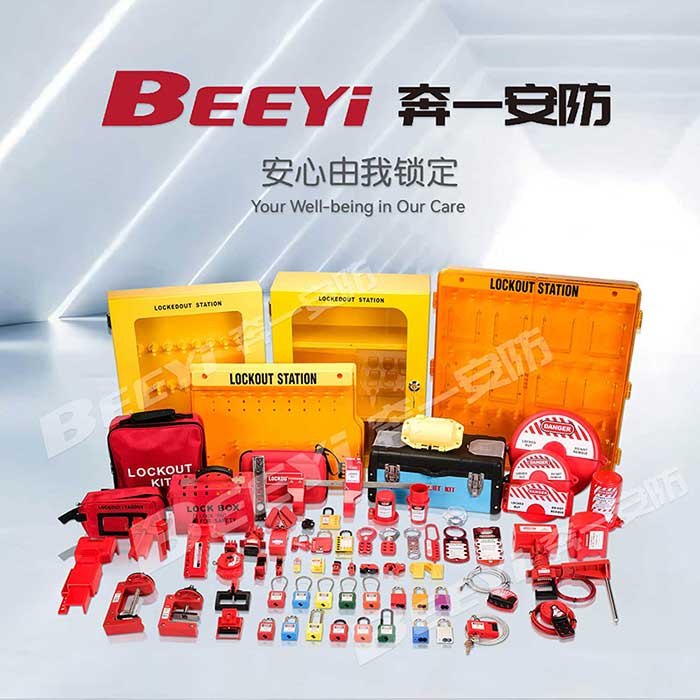Industrial Pneumatic Lockouts are crucial safety devices used in industrial settings to prevent accidental equipment activation or energy release during maintenance and servicing. They form an essential part of the Lockout/Tagout (LOTO) procedures, which are mandated by safety regulations in many countries. These devices are primarily used in environments where pneumatic systems are prevalent, such as manufacturing plants, factories, and other industrial facilities that rely on compressed air and pneumatic equipment. Their main goal is to ensure the safety of workers by securing machinery and equipment during maintenance, thereby preventing potential accidents.

What are Industrial Pneumatic Lockouts? Industrial Pneumatic Lockouts are mechanical devices designed to isolate and lock off pneumatic energy sources, such as compressed air, in a safe and controlled manner. These devices physically lock valves, air supply lines, or other key components of pneumatic systems, ensuring that no air pressure can flow through the system while maintenance or repairs are taking place. The essence of these devices is their ability to physically prevent the accidental operation of equipment, which could otherwise result in serious injuries or fatalities. How Do Pneumatic Lockouts Work?